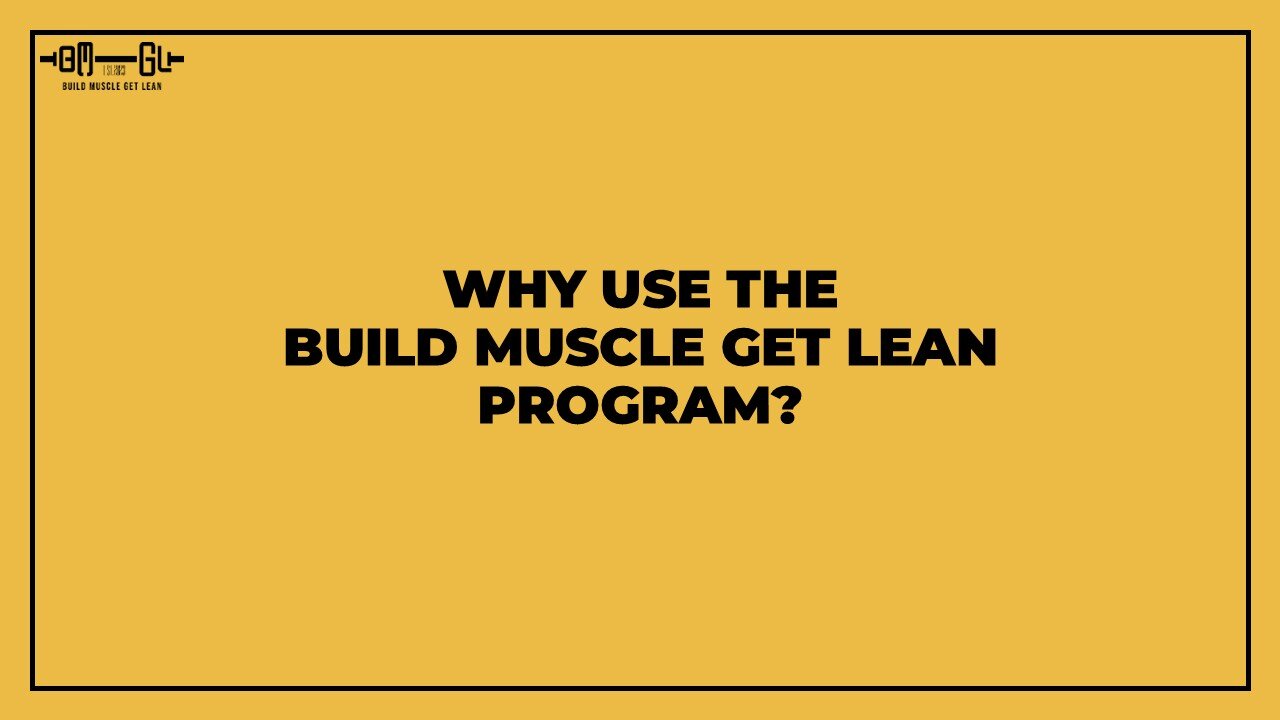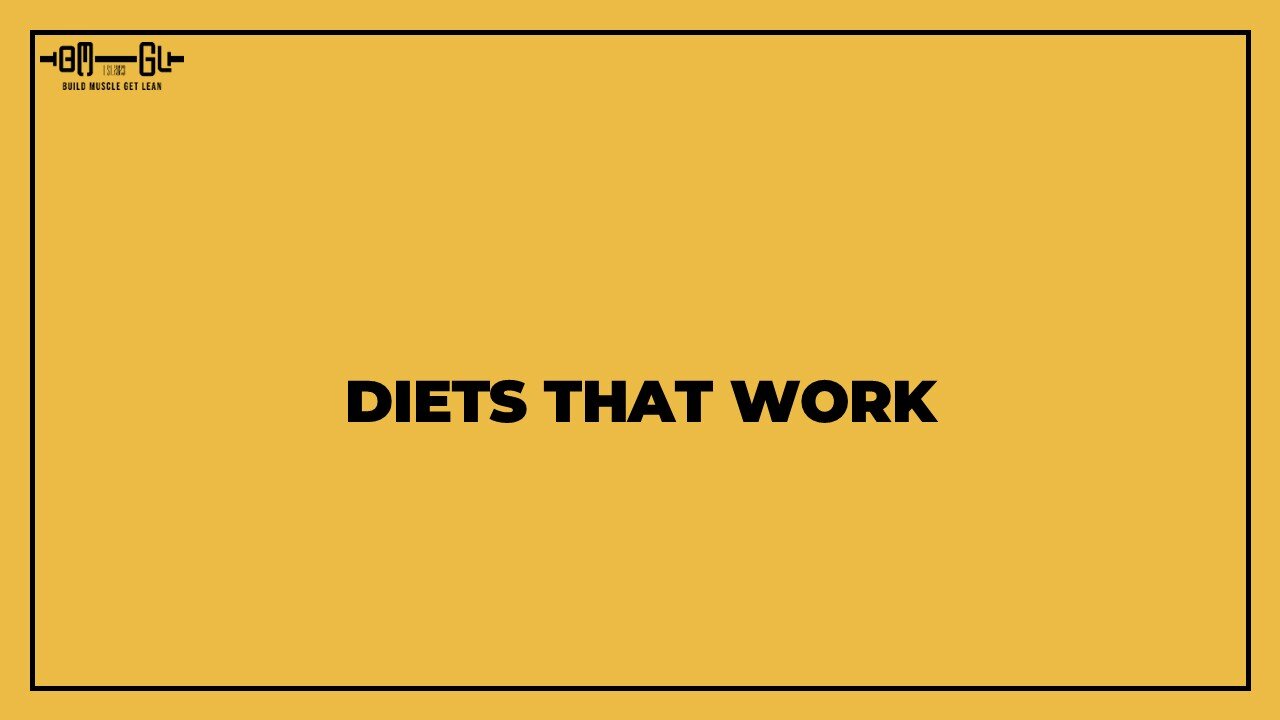Blog
-

Why Use the Build Muscle Get Lean Program?
Read more: Why Use the Build Muscle Get Lean Program?If you’ve ever looked in the mirror and felt dissatisfied with your physique, you’re not alone. Many of us have pursued quick-fix fitness programs only to be met with disappointment. Programs that promise rapid results with flashy names like “Get Ripped” or “90 Days to Abs,” The problem is these programs often lack the education […]
-

Diets That Work: The Truth Behind Popular Weight Loss Plans
Read more: Diets That Work: The Truth Behind Popular Weight Loss PlansAre you tired of jumping from one diet to the next, hoping for a solution that sticks? The good news is that all diets can work if you understand the principles behind their success. In this article, we’ll explore why diets work, their hidden mechanisms, and how you can choose the right approach for long-term […]
-

What Is the Best Diet to Lose Weight? It Depends on These Three Key Factors
Read more: What Is the Best Diet to Lose Weight? It Depends on These Three Key FactorsWhen it comes to losing weight, you’ve probably heard that many diets can get the job done. Keto, intermittent fasting, paleo, low-carb—you name it. The truth is, any diet that puts your body in a calorie deficit will help you lose weight. But the question isn’t whether a diet works. The real question is, what’s […]
-

Using Build Muscle Get Lean vs a Traditional Body Transformation Program
Read more: Using Build Muscle Get Lean vs a Traditional Body Transformation ProgramWhen embarking on a body transformation journey, many are drawn to pre-packaged programs promising quick results with flashy before-and-after photos. Yet, while these body transformation programs may initially inspire, they often lack longevity, personalization, and practical knowledge. Build Muscle Get Lean: The Only Two Rules You Need to Build a Leaner, More Muscular Body offers […]
-

How to Build Muscle and Lose Fat: A Guide
Read more: How to Build Muscle and Lose Fat: A GuideAchieving a lean, muscular physique is a common goal for fitness enthusiasts. Whether you’re looking to shed fat, build muscle, or both simultaneously, this quick guide will walk you through effective strategies regarding how to build muscle and lose fat, sustainably. If you want a more detailed guide, check out my article that details how […]
-

The Body Type Quiz Scam: Why You Should Avoid It
Read more: The Body Type Quiz Scam: Why You Should Avoid ItThe body type quiz that dominates search engines and social media ads is nothing more than a clever marketing scam. Protect yourself and your friends from falling for it. The idea goes that there is a best workout for your body type. The premise is simple: there’s supposedly a “best workout for your body type.” […]
-

The Ultimate 3-month Male Body Transformation Plan (Planet Fitness friendly)
Read more: The Ultimate 3-month Male Body Transformation Plan (Planet Fitness friendly)If you’re a male looking to transform your body in just 3 months, you’re in the right place. Whether you want to lose weight, burn fat, or build muscle while getting lean, this comprehensive guide lays out the exact steps to achieve a stunning 3 month male body transformation. This program has helped many achieve […]
-

Body Transformation in 6 Months: A Step-by-Step Guide to Achieve Less Than 10% Body Fat
Read more: Body Transformation in 6 Months: A Step-by-Step Guide to Achieve Less Than 10% Body FatAchieving a body transformation in 6 months, especially reducing body fat from greater than 20% to less than 10%, requires a strategic and consistent approach. During my 6 month body transformation, I went from 185 pounds with 26% body fat to 161.2 pounds with 10.7% body fat. With the right plan, grounded in science and […]
-

5 Steps to Transform Your Body in Less than 1 Hour per Day!
Read more: 5 Steps to Transform Your Body in Less than 1 Hour per Day!If you want to transform your body into a leaner more muscular physique, I will discuss 5 things you need to do. How do I know? I went from 26% to sub-12% body fat during my body transformation that was just under 24 weeks by working out less than an hour a day. In fact, […]